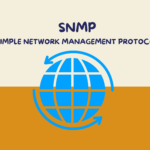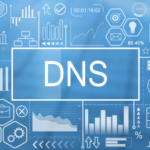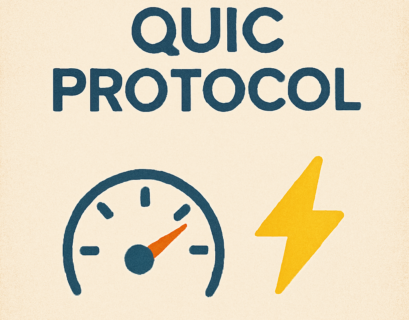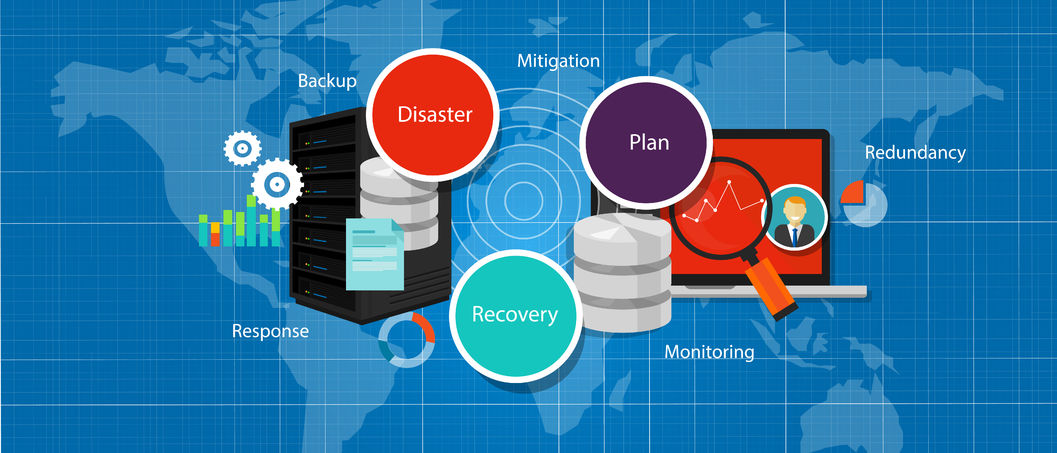In the past two decades, no technical innovation has reshaped the way we live, work, and interact more than IoT (Internet of Things). From smart homes and connected cars to industrial automation and digital healthcare, IoT is powering modern life.
But what exactly is IoT, how does it work, and why does it matter? Let’s explore the fundamentals, applications, and why businesses and consumers alike are racing to embrace it.
Table of Contents
What Is IoT (Internet of Things)?
IoT (Internet of Things) refers to a vast network of physical devices, such as sensors, appliances, vehicles, and machines, that are connected to the internet and can collect, share, and act on data. These “smart” devices are embedded with sensors, software, and connectivity features that enable them to communicate with each other and central systems without human intervention.
Imagine a thermostat that adjusts itself based on your habits, a smartwatch that monitors your heart rate in real time, or a factory robot that reports when the machine needs maintenance. These are all examples of IoT in action, devices working intelligently to improve efficiency, safety, and convenience.
According to recent studies, there are already over 15 billion IoT-connected devices worldwide, and that number is expected to surpass 30 billion by 2030. This massive growth emphasizes how IoT is not just a trend, but a fundamental shift toward smarter, data-driven systems across every industry.
How IoT Works: The Four Core Components
While the concept sounds complex, the IoT (Internet of Things) ecosystem operates through four essential layers that work together seamlessly:
Devices and Sensors
Every IoT system starts with smart devices or sensors that collect data from their surroundings, such as temperature, motion, location, light, or pressure, and send it to a central system. These sensors form the foundation of IoT technology. Devices can also act on received instructions, like turning on lights or adjusting machinery.
Connectivity
Devices need to connect to the internet to send and receive their data. This connection can happen via several connectivity technologies, including Wi-Fi, Bluetooth, 4G/5G, LoRaWAN. The choice depends on the use case, data volume, and required speed.
Data Processing
Once data reaches the cloud or a local server, it’s processed and analyzed. This step turns raw data into actionable insights, allowing systems to interpret information and trigger actions in real time.
User Interface (UI)
Finally, the processed data is presented to users through dashboards, mobile apps, or alerts. This interface allows humans to interact with the system, view analytics, and make informed decisions.
Together, these components create an intelligent feedback loop where devices sense the environment, share data, process it intelligently, and take or recommend action.
Experience Industry-Leading DNS Speed with ClouDNS!
Ready for ultra-fast DNS service? Click to register and see the difference!
Why Is IoT (Internet of Things) Important?
IoT brings intelligence and automation to everyday life and business operations. Here’s why it matters:
- Efficiency: IoT devices can automate tasks, reducing human error and saving time.
- Cost Savings: Smart systems can optimize energy use and maintenance, lowering operational costs.
- Data Insights: IoT generates valuable data that can be used for predictive analytics and better decision-making.
- Safety and Security: IoT can monitor environments, detect anomalies, and prevent accidents or theft.
Examples of IoT (Internet of Things)
IoT is so versatile, and it has transformative applications across nearly every sector.
Smart Homes
IoT makes homes intelligent, comfortable, and energy-efficient. Devices such as smart thermostats, connected security systems, and AI-powered assistants (like Alexa or Google Home) learn user preferences and respond automatically. Homeowners can monitor and control everything from lighting to door locks remotely.
Healthcare (IoMT – Internet of Medical Things)
In healthcare, IoT has revolutionized patient care. Wearable devices monitor vital signs like heart rate, blood oxygen, and glucose levels. Hospitals use IoT systems for remote patient monitoring and real-time alerts.
Industrial IoT (IIoT)
The Industrial Internet of Things (IIoT) connects machines, sensors, and workers in manufacturing. It enables predictive equipment maintenance, real-time monitoring, and streamlines production systems. IIoT is a vital part of Industry 4.0, where automation and data exchange drive productivity.
Smart Cities
Smart cities rely on IoT to manage infrastructure and public services efficiently. Sensors track and manage traffic flow, optimize street lighting, monitor pollution, and improve waste collection. IoT-driven data helps city planners create safer, cleaner, and more sustainable environments.
Transportation and Logistics
IoT transforms transportation through connected vehicles, fleet management systems, and real-time tracking. Logistics companies use IoT to monitor shipments, reduce fuel consumption, and optimize routes, resulting in faster deliveries.
Agriculture
Farmers use IoT-based precision agriculture to monitor soil quality, humidity, and temperature. Automated systems adjust water flow based on real-time data, maximizing production and minimizing waste.
The Benefits of IoT (Internet of Things)
When implemented correctly, IoT can transform industries and improve daily life in countless ways. Here are its main advantages:
- Improved Efficiency and Automation
One of the most significant benefits of IoT is automation. In industries, IoT-enabled machines can self-monitor and predict maintenance needs before failures occur, reducing downtime and saving costs. In homes, smart lighting and HVAC systems adjust automatically to optimize energy consumption.
- Data-Driven Decision Making
IoT (Internet of Things) turns data into insight. Businesses use IoT data analytics to understand customer behavior, optimize supply chains, and enhance operational performance. For example, retailers can track in-store traffic patterns to improve store layouts and inventory planning.
- Enhanced Safety and Security
IoT devices improve workplace safety by monitoring environmental conditions. In healthcare, connected medical devices enable real-time patient monitoring, reducing risks and improving emergency response times.
- Cost Savings
Through predictive maintenance, energy optimization, and operational automation, IoT significantly reduces costs. Manufacturing companies, for example, can prevent costly production blockages by detecting equipment failures in advance.
- Sustainability and Resource Management
IoT plays a crucial role in sustainability. Smart systems help farmers use water efficiently, while connected energy meters encourage responsible energy consumption.
Challenges in IoT (Internet of Things)
While the benefits are vast, the IoT ecosystem faces several challenges that must be addressed for widespread adoption.
- Security and Privacy Risks: Every connected device represents a potential entry point for cyber threats. Securing IoT networks requires robust encryption, authentication, and continuous updates to prevent breaches.
- Compatibility and Standardization: With so many manufacturers and communication protocols, ensuring seamless device compatibility remains difficult. Open standards and APIs are essential to achieve full compatibility.
- Data Overload and Management: IoT generates enormous volumes of data. Without effective analytics and storage solutions, much of this valuable information goes unused.
- Regulatory and Compliance Concerns: Handling sensitive data, particularly in healthcare and finance, requires compliance with privacy laws like GDPR. Organizations must prioritize data administration and transparency.
The Role of DNS in IoT (Internet of Things)
The Domain Name System (DNS) plays a critical role in IoT (Internet of Things), enabling billions of connected devices to communicate securely and efficiently. By translating human-readable domain names into IP addresses, DNS ensures seamless connectivity across sensors, vehicles, and smart devices worldwide. In large-scale IoT deployments, Dynamic DNS (DDNS) supports real-time updates as devices change IPs, while IPv6 provides an almost limitless address space.
To maintain speed and reliability, Anycast DNS, load balancing, and geo-based routing (GeoDNS) reduce latency and direct traffic intelligently. Security is equally vital. DNSSEC, DNS filtering, and Managed DNS services protect against DNS-based attacks, including DNS spoofing, DNS hijacking, and DDoS attacks. These safeguards ensure authentication, integrity, and uninterrupted access.
A scalable, redundant, and secure DNS infrastructure supports the IoT ecosystem, ensuring devices remain globally accessible. Without robust DNS, IoT networks would face downtime, poor performance, and significant security vulnerabilities.
Conclusion
The IoT (Internet of Things) is far more than a collection of connected gadgets. It’s a technical revolution redefining how we live, work, and interact with the world around us. By enabling intelligent automation, real-time analytics, and sustainable operations, IoT is opening exceptional opportunities across every sector of society. Its applications are almost limitless.




